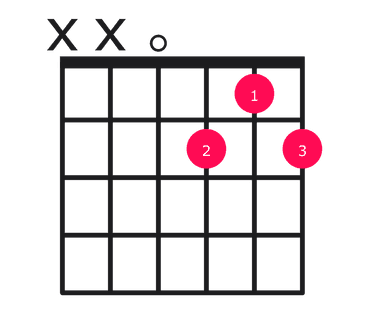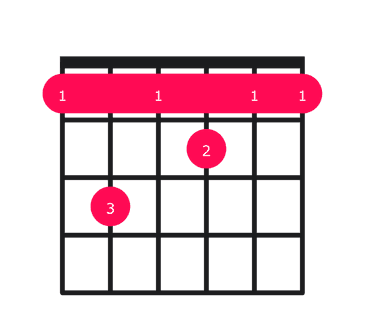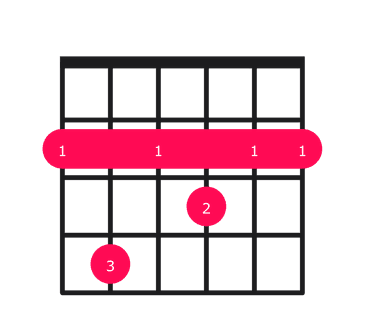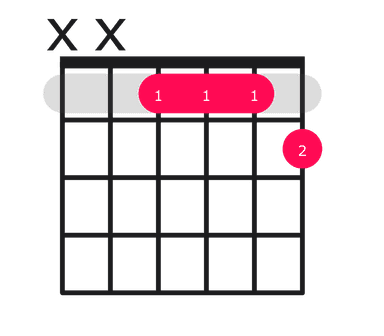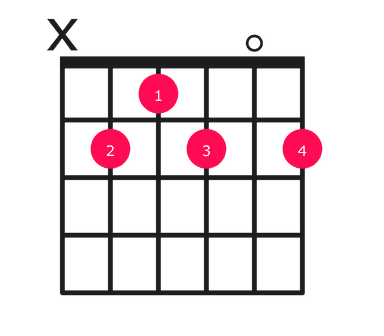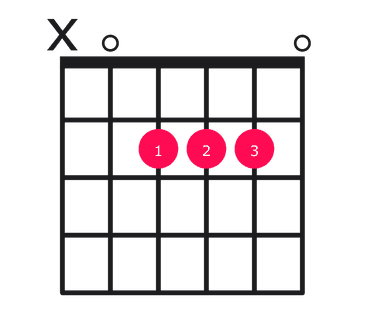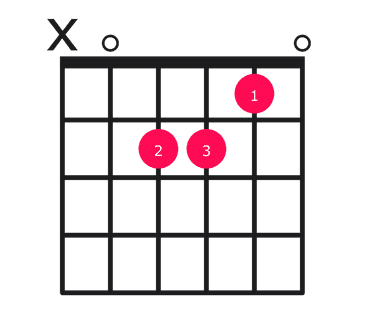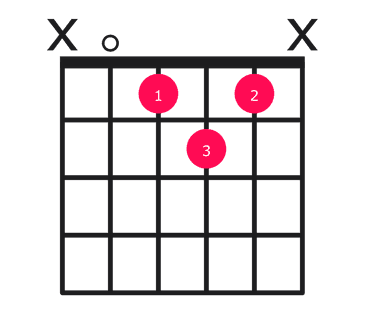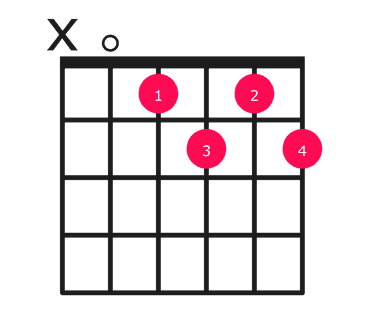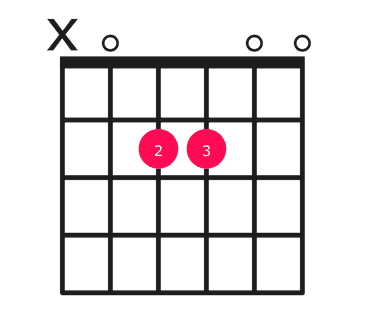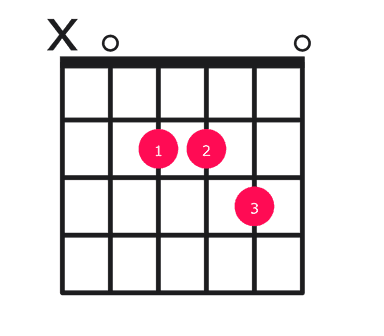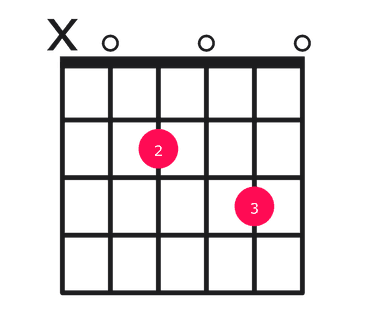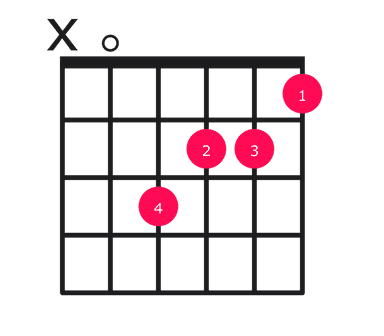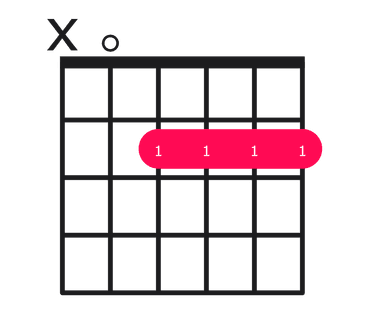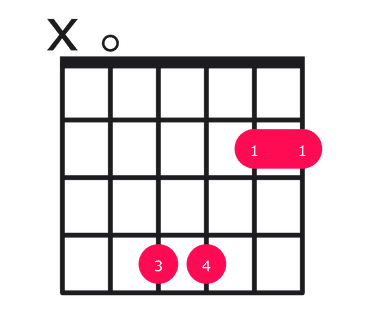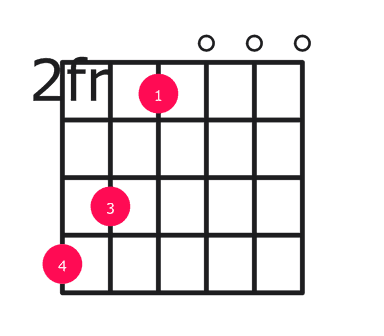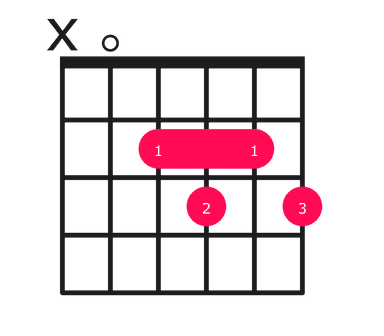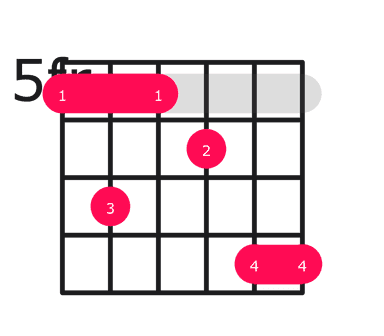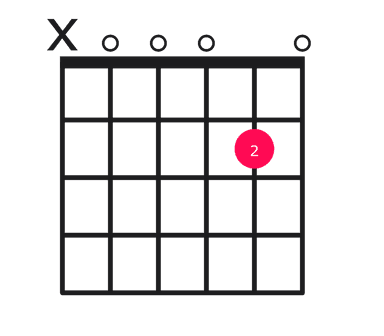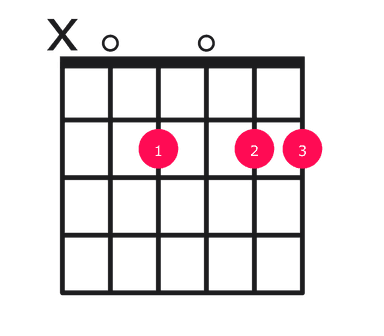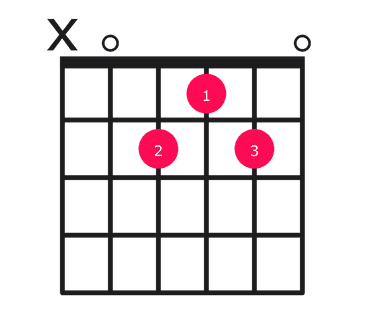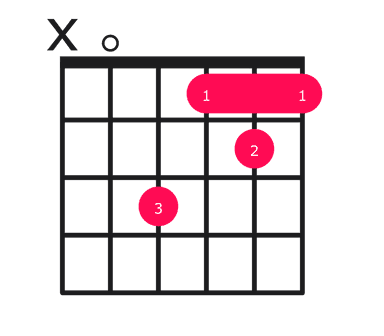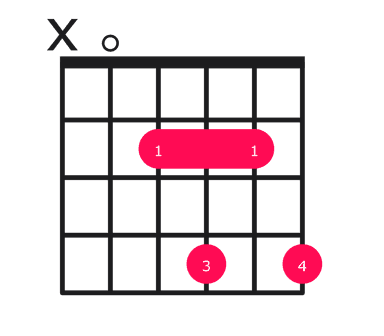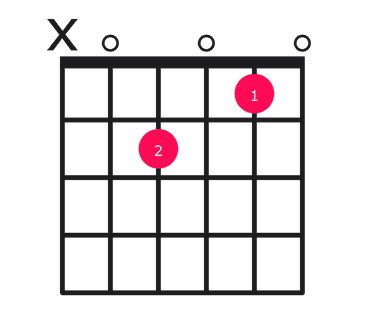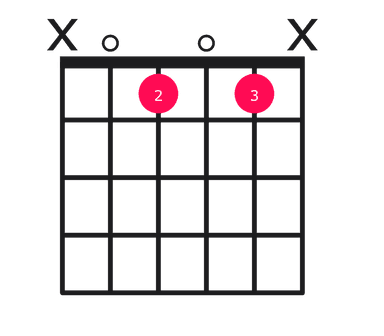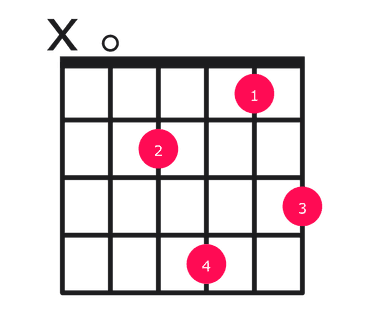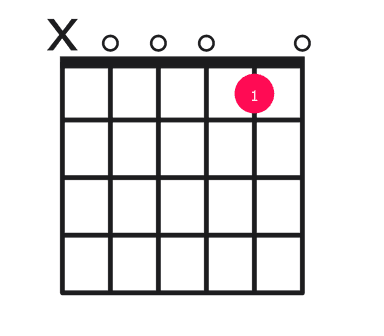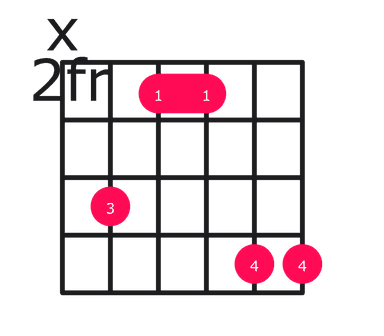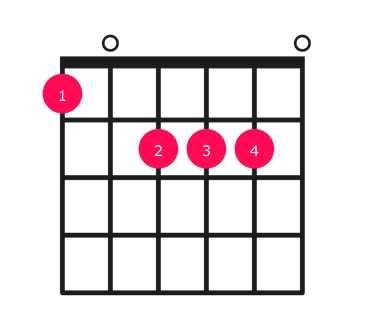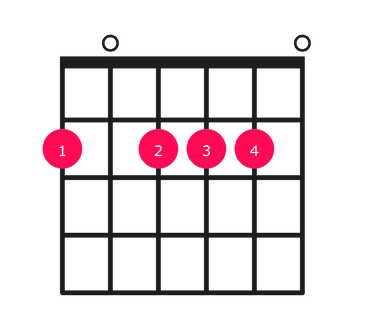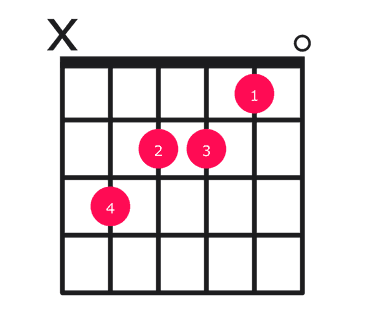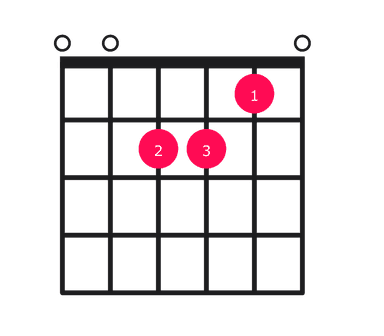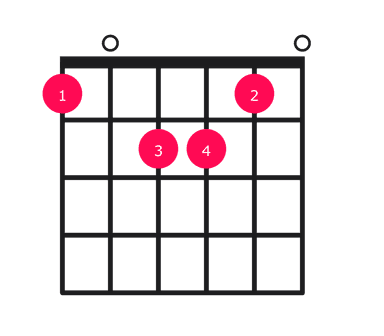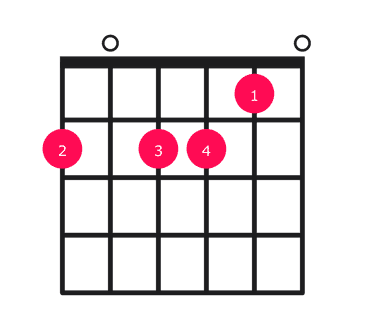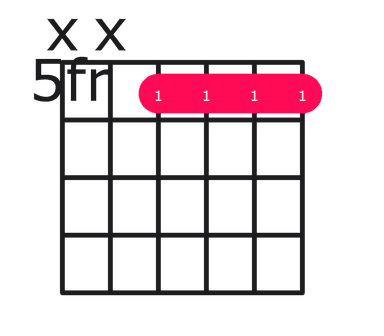How to play the A7 chord on guitar
Learn to play songs like "Shake, Rattle and Roll" and "Peggy Sue" with this essential chord.
The A7 chord
The A7 chord, pronounced A dominant seventh, is a versatile guitar chord that adds a bluesy, jazzy flavor to progressions. It's composed of the notes A, C#, E, and G, introducing a subtle tension that resolves nicely to the D chord. The A7 is commonly used in blues, jazz, rock, and country music, making appearances in countless classic songs across various genres.
There are many ways to play a chord. Here's a diagram for the most common A7 chord. We've also included other versions below.

Unlock your playing potential in online guitar lessons with experts on Til. Start today and achieve your guitar goals quickly. Find a top-rated teacher.
Finger placement for A7 chord
The A7 chord is typically played as an open chord on the 1st fret of the guitar.
Follow these finger positions to play an A7 chord on your guitar:
- Place your index finger on the 1st fret of the 4th (D) string.
- Place your middle finger on the 2nd fret of the 2nd (B) string.
- Leave the 1st (high E), 3rd (G), 5th (A), and 6th (low E) strings open.
Strum all six strings together in a downward motion to play the A7 chord.
How to play an easy A7 chord on guitar
If you're a beginner looking to play a simpler version of the A7 chord, try this:
- Place your index finger on the 2nd fret of the 4th (D) string.
- Place your middle finger on the 2nd fret of the 2nd (B) string.
- Leave the other strings open.
- Strum the top five strings.
How to play a A7 bar chord
The A7 barre chord is a great alternative to the standard A7 chord, as it allows for easier transitions and a fuller sound.
Here's how to play an A7 barre chord:
- Place your index finger across all six strings at the 5th fret, creating a barre.
- Place your middle finger on the 6th fret of the 3rd (G) string.
- Place your ring finger on the 7th fret of the 5th (A) string.
- Place your pinky finger on the 7th fret of the 4th (D) string.
- Strum all six strings from the 5th string (A) downwards.
Common A7 chord progressions
The A7 chord is often used in blues, rock, and country music to add a sense of tension and resolution to chord progressions. These progressions typically evoke feelings of longing, nostalgia, and emotional depth. Common A7 chord progressions include:
- I7-IV7-I7 (A7-D7-A7): Used in "Hound Dog" and "Johnny B. Goode"
- I7-IV7-V7-I7 (A7-D7-E7-A7): Used in "Sweet Home Chicago" and "Rock and Roll Music"
- I7-IV7-I7-V7-I7 (A7-D7-A7-E7-A7): Used in "Crossroads" and "Born Under a Bad Sign"
- I7-ii7-V7-I7 (A7-Bm7-E7-A7): Used in "Stormy Monday" and "The Thrill Is Gone"
- I7-vi7-ii7-V7 (A7-F#m7-Bm7-E7): Used in "All Blues" and "Equinox"
Drills to master the A7 chord
To master the A7 guitar chord, try practicing the chord progression A7-D7-E7. This drill helps you switch between different seventh chords, improving your muscle memory and dexterity. Focus on maintaining a consistent rhythm and clean transitions between the chords.
Another effective drill is to practice alternating between A7 and its related minor chord, Cm7. This exercise enhances your understanding of the relationship between the two chords and helps you develop smooth transitions. As you become more comfortable, try incorporating these chord changes into your favorite songs or improvisations.
Unlock your playing potential in online guitar lessons with experts on Til. Start today and achieve your guitar goals quickly. Find a top-rated teacher.
Jared K.
"This was a great class. I learned a lot from Dylan and Eugene and the lessons were very fun. They are both extremely knowledgeable and experienced teachers. I look forward to any future classes."
Songs that feature the A7 chord
Here are 10 popular songs you can play with the A7 chord:
- Let It Be by The Beatles (C, G, A7, F, C7, Dm, E7, Am)
- Stand By Me by Ben E. King (A, F#m, D, E7, A7)
- Sweet Home Chicago by Robert Johnson (E7, A7, B7)
- Ain't No Sunshine by Bill Withers (Am, Em7, G, Am, Em7, Am, Dm7, Am, Em7, A7, Dm7, Am)
- Stormy Monday by T-Bone Walker (G7, C7, G7, C7, G7, C7, A7, D7, G7, C7, G7)
- Stray Cat Strut by Stray Cats (Am, G, F, E7, Am, G, F, E7, Am, E7, Am, A7, Dm, Am)
- I Got Rhythm by George Gershwin (B, E7, B7, E7, A, D7, A7, D7, G, C7, G7, C7, F7, Bb7, F7, Bb7, Eb7, F7, Bb7, Eb7)
- The Thrill Is Gone by B.B. King (Bm, Em, Bm7, Em7, A7, D7, Gmaj7, Cm7, F7)
- Who's Loving You by The Jackson 5 (C, Am7, Dm7, G7, C7, F7, E7, A7, Dm7, G7)
- Crazy by Patsy Cline (C, A7, Dm, G7, C, C7, F, Fm, C, G7)
How a guitar teacher can help
If you feel stuck in your playing, it might help to take personalized guitar lessons with an expert guitarist. Taking lessons with a pro gives you access to the skills, feedback, and motivation to reach your goals.
You can find expert guitar teachers to support you in the journey. Thousands of people have turned to online guitar lessons on Til, instead of traditional in-person lessons, because Til gives you access to the best teachers in the world from the comfort of home. And with flexible scheduling, secure payments, lesson recordings, and a private chat with your teacher–there’s never been a better way to learn guitar.


